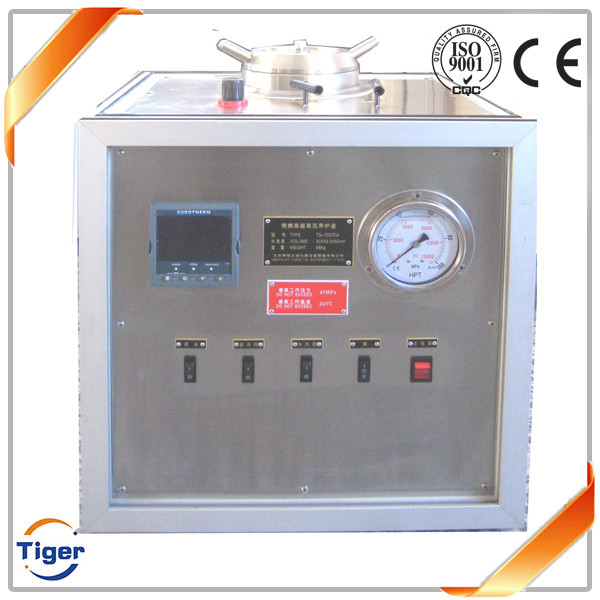Potable Pressurized Curing Chamber
Potable Pressurized Curing Chamber
TG- 7370CA Pressurized Curing Chambers are specifically designed to cure standard two-inch cement cube samples for compressive strength testing in accordance with API and ISO standards for oilfield cements. TG- 7370CA cover a wide range of operational temperatures and pressures to simulate a wide variety of downhole conditions during the curing process.
Product Description
l Automatic Temperature Program Control System, digital display l Multiple temperature control l Automatic pressure limiting l High wattage heater l Metal-to-metal sealing ring l Sturdy and durable , simple to operate l Stainless steel enclosure l Cooling jacket on pressure vessel l Temperature uniformity in the vessel ,ensure the sample uniformity
TG- 7370CA Pressurized Curing Chambers are specifically designed to cure standard two-inch cement cube samples for compressive strength testing in accordance with API and ISO standards for oilfield cements. TG- 7370CA cover a wide range of operational temperatures and pressures to simulate a wide variety of downhole conditions during the curing process.
Model TG- 7370CA are made of pressure vessel, pressure pump, pneumatic hydraulic piping system, optional automatic lifiting device, temperature controller, electric heater unit, stainless steel box, cooling water system and alarm system components. The curing chambers are simple to operate. All of the operational controls are conveniently located on the front panel. The temperature and pressure are easily read on the panel gauges and digital indicators.
A programmable temperature controller is capable of controlling multi-slope temperature gradients during a test. Meanwhile, the temperature controller will control the cooling rate at the end of the test in conjunction with the application of cooling water. Pressure is generated with an air-operated high-pressure pump, and control is maintained with a pressure relief valve.
TG-7370CA HTHP Curing Chambers are used in laboratories involved in oil well cement research programs, research and testing of cement additives, cement manufacturer’s quality assurance programs, and in the research and field laboratories of well servicing companies.
Technical Features








